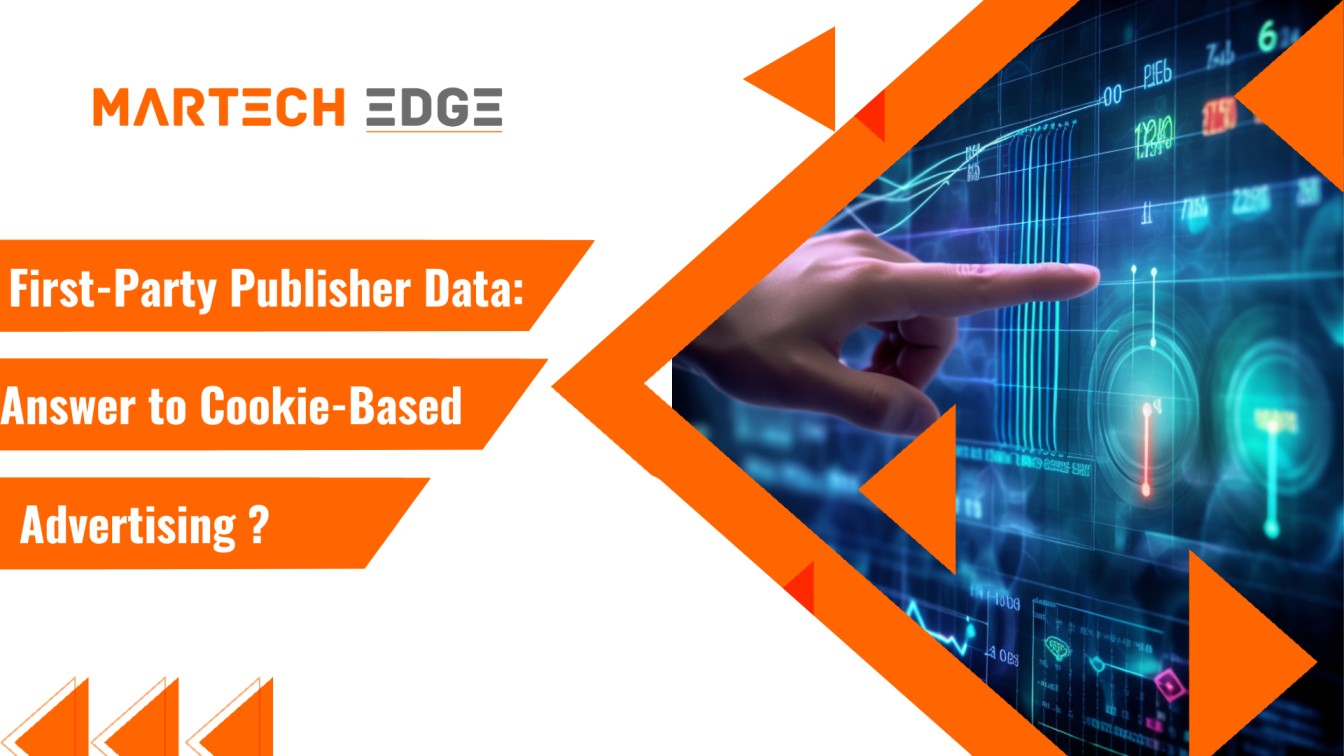
First-Party Publisher Data: Answer to Cookie-Based Advertising?
Ever since Google announced that it would remove third-party cookies, B2B marketers have been looking for possible alternatives. The hunt for the next best thing is what B2B marketers are contemplating. There has been a rising importance of first-party publisher data in the months ahead.
Kristina Prokop, CEO & Co-Founder of Eyeota, has mentioned that "To succeed in 2024, brands and advertising technology companies should prioritize collecting and cleansing first-party data from all touchpoints, invest in cloud-based infrastructure for effective data management, and invest in cookieless strategies such as contextual targeting, universal IDs, and social activation through MAIDS/HEMs”.
She has also focused on the change in approach by saying, “It is also crucial to adopt an omnichannel approach, leveraging different technologies and media to hedge against cookie deprecation. Additionally, preparing for the future of measurement in a cookieless environment and prioritizing a full-funnel + omnichannel approach will be key in staying ahead of the competition. Brands should also focus on collecting first-party consent-based data, optimizing content for mobile, and investing in quality data to ensure success in the cookieless future. Finally, there should be a shift towards less creepy and more entertaining ads to reduce ad blocking and engage consumers effectively."
The Road Ahead
In the coming months, the significance of first-party publisher data is poised to ascend, becoming a pivotal element in the landscape of data-driven decision-making. The rising importance of first-party publisher data is closely intertwined with the evolving digital marketing ecosystem.
“Many big companies have still not adopted proper first-party data collection. It will be paramount for them to focus on this for the future,” said Jeff Ragovin, CEO of Fyllo.
He further added that “Publishers and advertisers need to build direct relationships now: Again, as third-party cookies phase out, companies will prioritize establishing direct relationships with their customers. This involves creating touchpoints and interactions that encourage users to willingly share their information. This might be through loyalty programs, newsletters, exclusive content, or other value-added services”.
As privacy concerns intensify and regulations surrounding data usage become more stringent, first-party data stands out as a reliable and ethically sourced asset, fostering trust-based relationships between publishers and their audiences.
Jeff Ragovin, CEO of Fyllo, seconded it, “With privacy concerns on the rise and the implementation of regulations like GDPR and CCPA, relying on first-party data ensures better compliance. Since users willingly provide this data and have more control over how it's used, companies are less likely to run afoul of privacy regulations”.
First-party data offers a unique and valuable perspective that surpasses the insights derived from third-party sources. This shift underscores that a direct, consent-based relationship with users not only ensures compliance with privacy regulations but also unlocks accurate and actionable insights, empowering publishers to refine their strategies and stay at the forefront of the competitive digital landscape.
Brian Pugh, Chief Information Officer, Comscore, said, “When it comes to my wheelhouse of measuring/currency for digital planning —third-party cookies have been employed for at least 15 years. This space needs to adjust, obviously, along with everyone else”.
He has direct advice for publishers: “Now, we are working directly with publishers to integrate their first-party data into measurement to produce the best results. It’s important to note that when it comes to first-party data, there are a lot of haves and have-nots. A publisher needs to have the right value proposition in order to build a first-party network—and many do not. On the premium video side, however, there is a lot of data authentication happening there (one has to log in to access a video)”.
“Keep in mind that if you’re a publisher, you want eyeballs, so you don’t want to insist on collecting information users don’t want to provide. It’s a balancing act. Therefore, publishers need to be able to sell their inventory without first-party data.
That’s where measurement comes in. What drives an audience to your website is the content itself. If it’s compelling, you’ll get an audience. In order to show that your media provides value to brands — without first-party data —you need measurement. Media measurement enables planning and provides predictive audience data without IDs so marketers can still find their audience with precision”.

data management marketing
Join our newsletter!
Enter your email to receive our newsletter.




